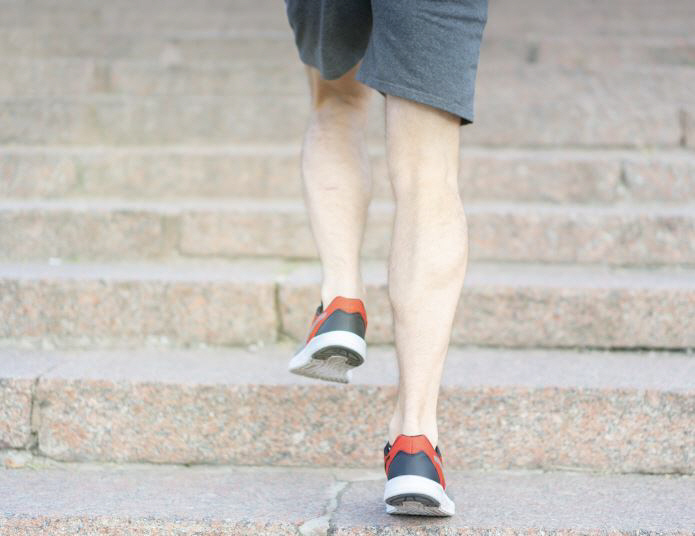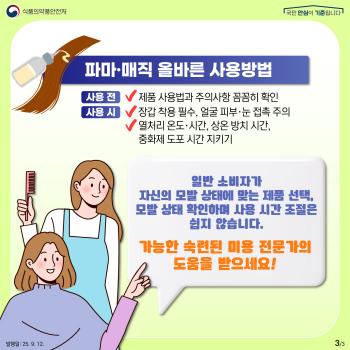Why does my knee hurt when I started stair exercises for my health?
Sep 12, 2025
|
Stair exercises are simple exercises that do not cost extra time, equipment, or money and are known to be effective in strengthening lower body strength and reducing body fat. However, when going up and down the stairs, a greater weight load is applied to the knee than to walking flat, which can put excessive pressure on the joints, so care should be taken. In particular, knees, where weight is concentrated, are prone to pain due to lower body exercise or external shock.
Exercise such as stair movement and mountain climbing on a high slope can cause constant overload in the knee joint, leading to progression of arthritis and tendonitis.
'Slagitis' is a disease that causes inflammation of the knee tendon, a ligament that connects the patella (knee bone) and the shin bone located in the front of the knee, and is mainly caused by exercise or physical activity that puts a load on the knee repeatedly while the knee is bent.
When you jump, climb up and down stairs or slopes, or do movements such as sitting and standing up, force is put into the cleft gun. In this process, if repeated small shocks accumulate, micro-damage occurs in the cleft tendon, and eventually inflammation and pain occur.
If you feel stiff in your knees before and after ▲exercise, or ▲ sit down If you have discomfort when you stand up, pain gets worse when you climb the ▲ stairs, if you have a stabbing feeling when you press your knee, or if you are accompanied by ▲feel or swelling, you may have already progressed 'sele tendonitis'.
Nam Shin-woo, director of the Joint Center at Suwon Nanuri Hospital, said "Due to the structural characteristics of the knee, which frequently puts weight on in daily life, "Cranitis" is a disease that recurs frequently once it occurs, so accurate diagnosis by a specialist and early treatment suitable for symptoms are needed.".
It is important to reduce activities that are burdensome to the knee, such as stair exercise or jumping, and to get enough rest when you have "segmental tendonitis".
Initially, non-surgical treatments such as activity restrictions, physical therapy, extracorporeal shock waves, and regeneration injections can be expected to improve, and when the pain subsides, it is recommended to perform rehabilitation exercises that balance the flexibility and balance of the lower body muscles.
However, surgical treatment such as arthroscopy may be considered if there is no improvement in non-surgical treatment for more than 6 months, if degenerative changes in the cleft tendon have progressed, and if arthritis is confirmed.
Arthroscopy is a method of directly identifying and treating lesions by inserting a joint endoscope and special instruments with a special small camera after a minimum incision of less than about 5mm in areas suspected of joint disease.
Nam Shin-woo, the director of the hospital, said "Scarnitis is common in people with high exercise and activity, but if left unattended, it can become chronic or recur."In addition to stretching before and after exercise, if you feel pain in your knee, refrain from exercising immediately, and check your posture and strength, which are of paramount importance."
|
This article was translated by Naver AI translator.















